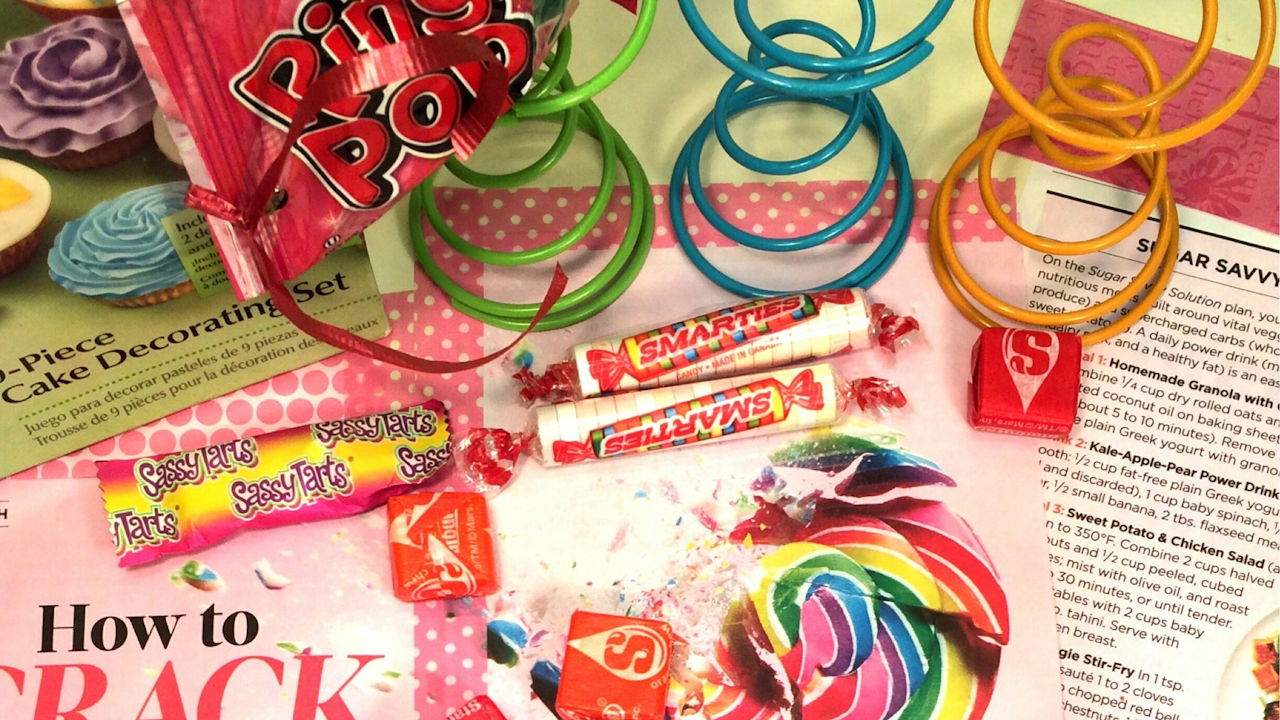Sugar cravings are one of the most common roadblocks on the path to healthier eating. Whether it’s a mid-afternoon snack or a late-night treat, sugar has a sneaky way of calling your name. But what if you could tame those cravings without feeling like you’re missing out on anything sweet? The key lies not in strict restriction, but in understanding your body, making smart swaps, and creating habits that naturally reduce the pull of sugar.
Understand the Root of the Craving
First, it’s important to recognize that sugar cravings often aren’t just about the sugar. Sometimes they stem from emotional triggers—stress, boredom, or even habit. Other times, it’s your body trying to compensate for energy dips, dehydration, or lack of sleep. Before reaching for that cookie, take a moment to check in with yourself. Are you tired? Thirsty? Anxious? Simply pausing to evaluate what’s really going on can redirect your urge into a healthier direction.
Stabilize Your Blood Sugar
One of the most effective ways to reduce sugar cravings is by keeping your blood sugar levels stable throughout the day. This means eating meals that contain a balance of protein, healthy fats, and complex carbohydrates. For example, starting your day with a breakfast that includes eggs, avocado, and whole grain toast will keep you fuller longer and help prevent those 10 a.m. donut temptations.
Skipping meals or eating sugary, processed foods causes blood sugar spikes followed by crashes, which often lead to more cravings. Instead, aim for consistent, nourishing meals and snacks every 3–4 hours to maintain steady energy levels.
Hydrate First
Thirst is often mistaken for hunger or cravings. The next time you feel the urge to grab a sweet treat, try drinking a glass of water first. Give it 10 minutes and see if the craving subsides. If you’re still hungry after that, reach for a snack with some nutritional value.
Adding a slice of lemon, cucumber, or a splash of fruit juice to your water can make it more appealing and help you stay hydrated throughout the day. Herbal teas are also a great option, especially those with naturally sweet flavors like cinnamon, licorice root, or peppermint.
Sweet Swaps That Satisfy
Depriving yourself completely of sweet flavors often backfires. Instead, find healthier alternatives that give you that same sense of indulgence without the sugar crash afterward.
- Fruit: Nature’s candy, fruit provides sweetness along with fiber, vitamins, and antioxidants. Berries, bananas, apples, and mangoes are great go-tos.
- Dark chocolate: Look for varieties with at least 70% cocoa. A small square can go a long way in satisfying a chocolate craving without overloading on sugar.
- Greek yogurt with berries: High in protein and probiotics, this snack can feel like a treat while keeping you full.
- Homemade smoothies: Blend fruit with greens, nut butter, and protein powder for a naturally sweet, nutrient-rich pick-me-up.
Practice Mindful Eating
Mindfulness is a powerful tool when it comes to beating sugar cravings. Often, cravings hit when we’re not paying attention—scrolling through our phones, watching TV, or zoning out at work. Mindful eating brings awareness back to what and why you’re eating.
Before giving in to a craving, take a deep breath and ask yourself: Do I really want this? How will I feel afterward? Sometimes, simply pausing for a moment is enough to break the automatic response of reaching for sugar.
If you do decide to indulge, do it slowly and with intention. Savor each bite. You may find that a few bites are all you need when you’re fully present.
Keep Sugar Out of Sight
Out of sight, out of mind really does work when it comes to sugar. If you keep candy, cookies, and soda easily accessible, it’s much harder to say no. Stock your kitchen with healthier snacks—cut veggies, nuts, fruit, and protein bars low in added sugar. When you’re hungry or tempted, you’ll be more likely to make a better choice simply because it’s available.
At the same time, don’t rely solely on willpower. Create an environment that supports your goals by removing triggers where possible and keeping nourishing options within reach.
Sleep and Stress Matter More Than You Think
Lack of sleep and chronic stress can make sugar cravings significantly worse. When you’re tired, your body craves quick energy—often in the form of sugar. Similarly, stress increases cortisol levels, which can lead to emotional eating and a preference for comfort foods.
Make rest a priority. Aim for 7–9 hours of quality sleep each night. Practice stress-relief strategies like deep breathing, meditation, walking, or journaling. The more balanced you feel mentally and physically, the easier it will be to manage cravings.
Reward Yourself in Other Ways
Cravings often come from a desire for reward or comfort. Start identifying non-food ways to treat yourself—things that truly bring you joy or help you unwind. A warm bath, a new book, a phone call with a friend, or even a short walk in nature can all fill that need in a more lasting, nourishing way.
Rewiring your brain to seek satisfaction from non-food sources is a powerful shift. Over time, you’ll notice that the emotional pull of sugar begins to fade.
Sugar cravings don’t have to control you, and you don’t need to live in a constant state of denial to manage them. By making small, thoughtful changes and tuning in to your body’s true needs, you can enjoy a balanced relationship with sweetness—one that leaves you feeling empowered, satisfied, and far from deprived.

